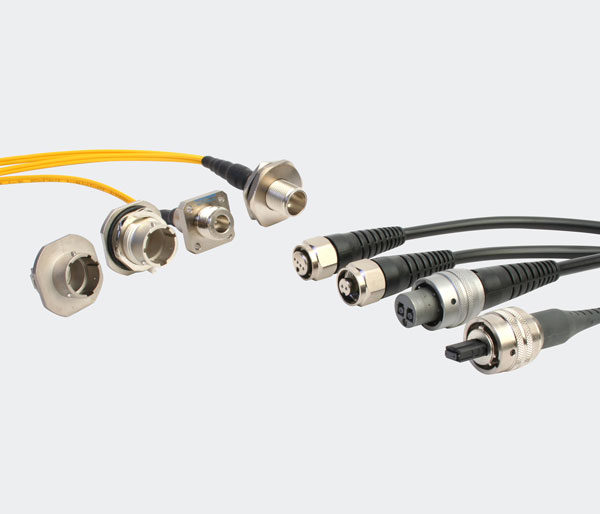“At present, the FTTH/FTTO ratio in our country has reached 93%, and after removing FTTO, it is 85%. If the double counting of multi-fiber access for one household is further eliminated, the actual FTTH ratio is only more than 70%, so the all-optical network 1.0 is still a relatively large market space.” On December 16, at the Global Optical Fiber and Cable Conference 2021 jointly organized by APC and Zhongtian Technology, Wei Leping, director of the Science and Technology Committee of China Telecom Corporation, said.
All-optical network means that all the network transmission and switching processes are realized through optical communication technology. At present, China is in the stage of all-optical network 1.0 and is beginning to move towards the era of all-optical network 2.0. The evolution of all-optical networks stems from huge market demands. In particular, the cloud-network convergence that operators are currently pushing forward with all their strength has put an urgent need for all-optical networks. Wei Leping said that the all-optical network has huge available spectrum (10THz), ultra-large capacity link (100Tbps), ultra-high rate (1Tbps), ultra-large capacity nodes (Pbps), and is the most ideal bearer network base for cloud-network integration.
From the perspective of development pace, Wei Leping believes that the evolution of the all-optical network needs to go through three steps: the first step is to make the transmission link fiber-optic. At present, China’s transmission network has achieved fiber-opticization and is evolving to 200Gbps~400Gbps; the second step is to access network fiber optics. China is advancing the fiber optics of distribution sections and lead-in lines, and even houses and desktops. Now it has entered the stage of tough battle, and the road to full retreat of optical fiber into copper is still long; the third step is about the optical switching of transmission nodes. China telecommunications backbone network will fully open the ROADM network around the end of 2021, forming a backbone all-optical network 2.0, and continue to extend to the metropolitan area network and even the access network.
As mentioned above, the actual proportion of FTTH in our country is only more than 70%, so the all-optical network 1.0 still has a large market space, and it is still necessary to continue to promote development. Of course, this ratio is much higher than the global average of 30%.
While the all-optical network 1.0 continues to advance in depth, with the construction of ROADM networks, the era of all-optical network 2.0 has also begun in our country. Wei Leping introduced that since China’s first backbone ROADM network was put into operation, it has saved costs by 30% to 50%, energy consumption and space by 50%, service configuration efficiency has been greatly improved, and the wavelength can be directly reached by one hop. Wei Leping said that in the next step, inter-provincial trunk lines and intra-provincial trunk lines will be applied on a large scale, and metropolitan area networks will be activated on demand, marking that the all-optical network will move from 1.0 to a new era of 2.0.
Before the end of 2020, China Telecom’s backbone network will be fully upgraded from a point-to-point chain DWDM to an all-optical network with mesh dynamic networking, marking the first full-optical network 2.0 at the backbone network level.
In order to cope with the challenges of weak industry development and increasing external competition pressure, reducing costs and creating a healthier and more active industrial ecology have become the key to the sustainable development of the industry. Under such circumstances, China’s telecommunications industry is gradually embracing an open ecosystem, including interface standardization, software and hardware decoupling, hardware white-boxing, and software open source. Wei Leping believes that under this trend, the all-optical transport network will also open up.
It is reported that AT&T has opened the world’s first ROADM commercialized white box system. In 2019, it has realized a flexible and low-cost optical connection with a total length of 1,300 kilometers from Atlanta to Dallas, a rate of 400Gbps, and SDN control. The system is based on the solution of the DDC white box design of the OpenROADM.
“It is an inevitable trend for the all-optical network to move towards an open ecology.” Wei Leping believes.




